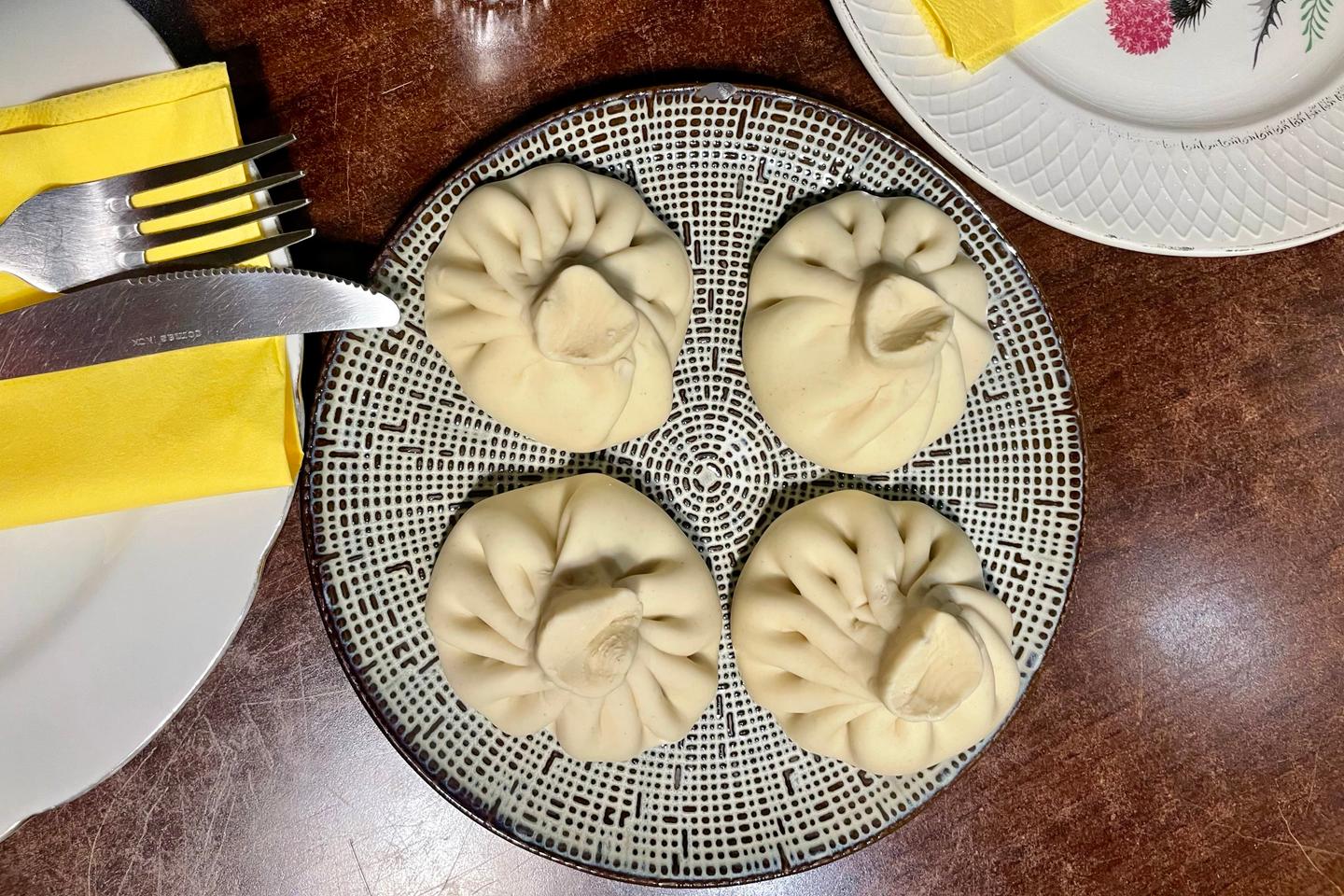


"It's Monday, it's ravioli day!" Marielle Le Quesnoy happily told the priest, who was reveling in the aroma wafting through his living room in a now iconic line from the 1988 French film La vie est un long fleuve tranquille (Life Is a Long Quiet River). We can safely bet that the Le Quesnoy family would then tuck into a plate of Italian ravioli, the square, scalloped pasta in tomato sauce, typical of what this dish has long stood for in France. Since then, the ravioli landscape has changed considerably and these little stuffed pouches offer, to our great delight, a multitude of choices.
Indeed, what is a "ravioli?" According to the Académie Française (the arbitrator of the French language), ravioli, an Italian word probably derived from rava (the turnip they were originally stuffed with) is "a variety of pasta cut to form pockets, of varying sizes, and stuffed." The French use this term to refer to Italian ravioli (which has several sub-genres) and all those from other countries (Chinese, Georgian, Japanese, Ukrainian, Armenian ravioli, etc.) that have proliferated over the last 20 years.
Emmanuel Guillemain d'Echon, author of the excellent 2024 volume Raviolivre, had to come up with a definition to guide his quest for ravioli across the planet. While he admitted that this gave rise to a real headache, he finally decided to classify as "ravioli" small, stuffed pasta that can stand on its own and is cooked together (the filling and pasta cannot be made separately), principally in water, steam or broth.
We kept to this definition for our selection, so no empanadas or panzerottis. For d'Echon, a good ravioli is above all linked to a correct ratio between the dough and the filling, a consideration that we fully share and which also guided our choices. Just like his recommendation to be wary of creations by extravagant chefs, a good ravioli requires regular, repetitive work to achieve a certain perfection. It's also about finding the variety you need, when you need it. So here are our five favorite ravioli in Paris, with our subjective instructions on how to get the most out of them.
You have 74.23% of this article left to read. The rest is for subscribers only.
